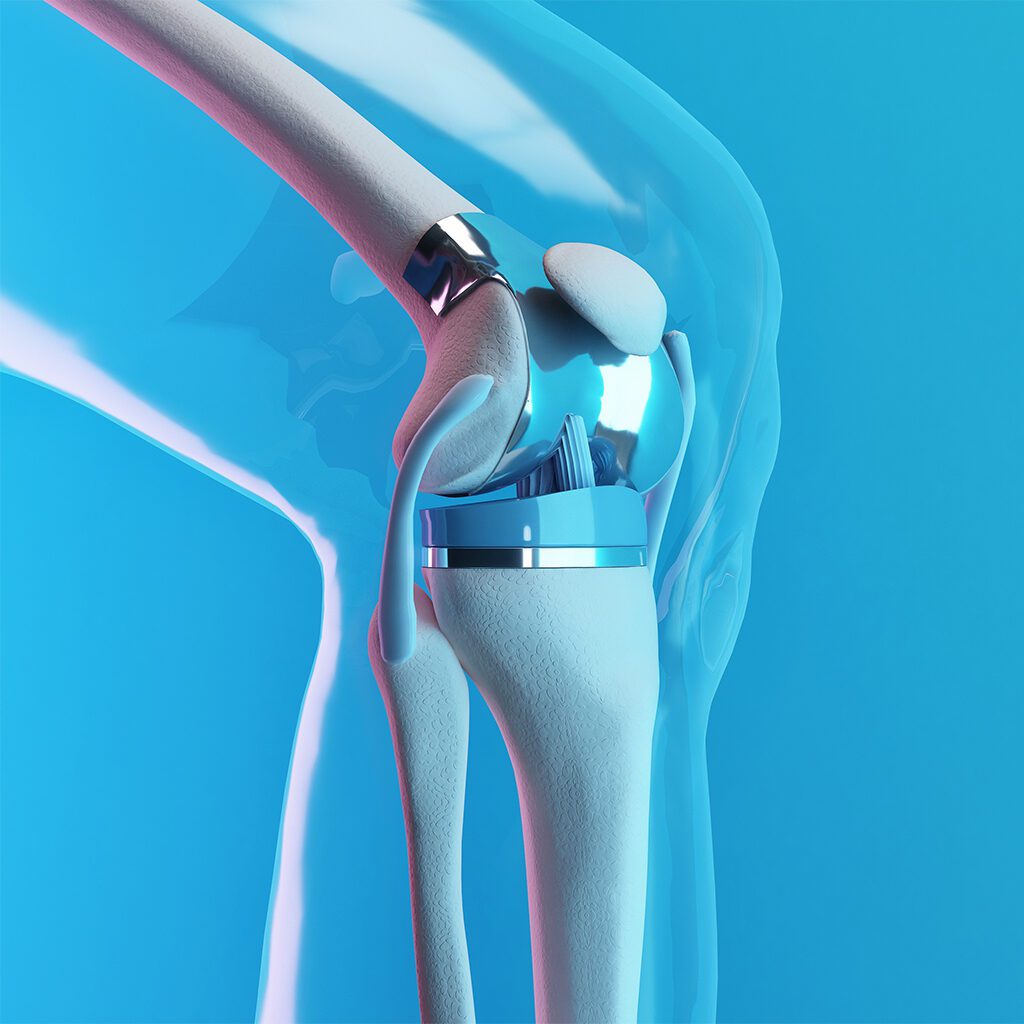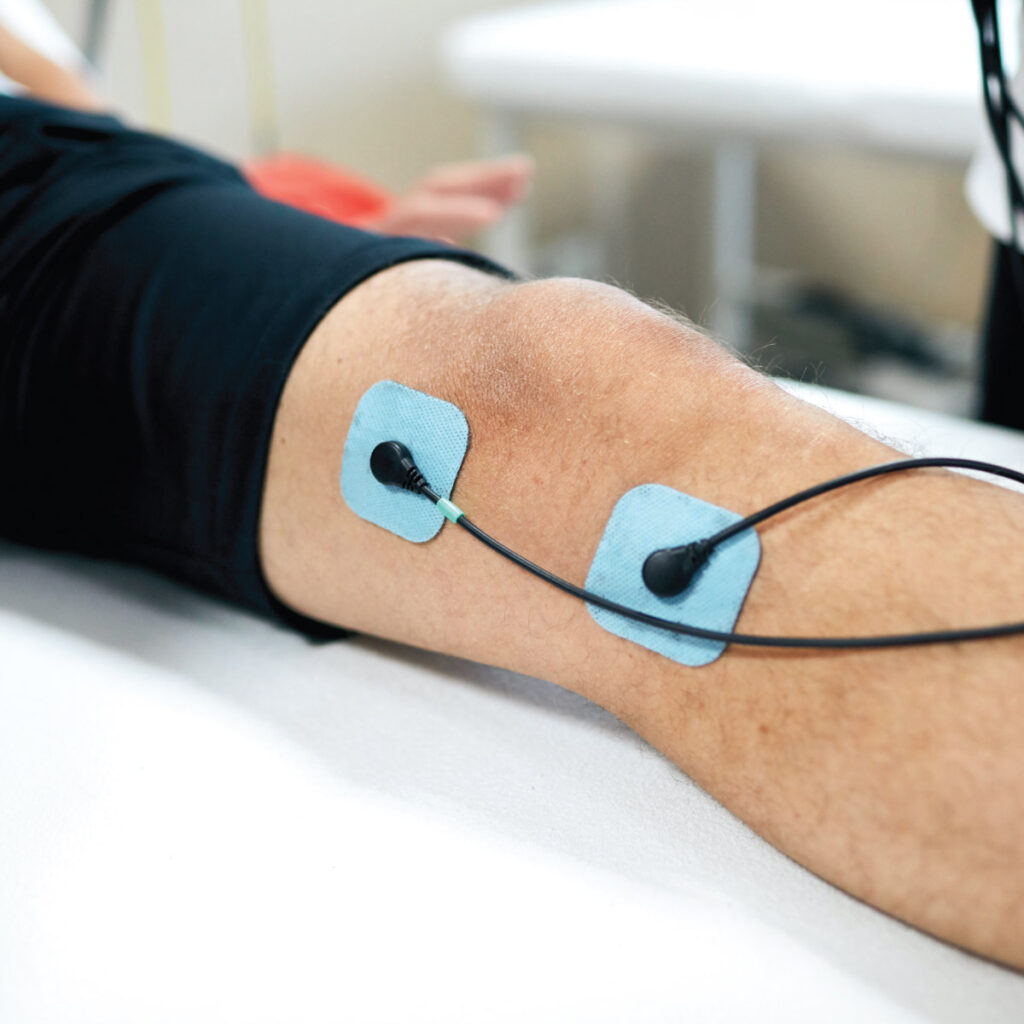Robot-assisted technology has made knee replacement surgery more efficient than ever.
Understanding Osteoarthritis
Osteoarthritis (OA) is the most common form of arthritis in the knee, affecting approximately 30 million Americans every year. This condition produces chronic knee pain caused by the wear and tear of the joints. When left untreated, OA can lead to increased pain, decreased range of motion, swelling and inflammation, and joint instability.
Lifestyle changes such as weight loss, strength training, and improved flexibility can benefit overall joint health. However, in severe cases of OA, the joint damage may be irreversible, and knee replacement surgery will be necessary.
New Solutions

Thanks to advancements in medical technology, there are new options for knee replacement surgery. Technology like the VELYS Robotic-Assisted Solution is easily integrated into operating rooms and can adapt to a surgeon’s workflow. This guiding robotic arm acts with precision to remove bone and cartilage in preparation for the knee implant.
What to Expect
Your orthopedic surgeon will first use the robot-assisted technology to create a 3D model of your knee. During the procedure, the robotic arm and the surgeon will both be in control of the surgical instruments the entire time. Once the bone is prepared, the implant will be placed and the joint properly balanced, the final step in securing your new knee.
Benefits to Patients
Robot-assisted knee replacement technology is a great tool for both the surgeon and the patient. It allows for a more efficient surgery and minimizes pain and blood loss. Shorter recovery times mean that you’ll be back on your feet in no time – many patients are walking within a few hours of surgery, and some are even approved to go home the same day.





